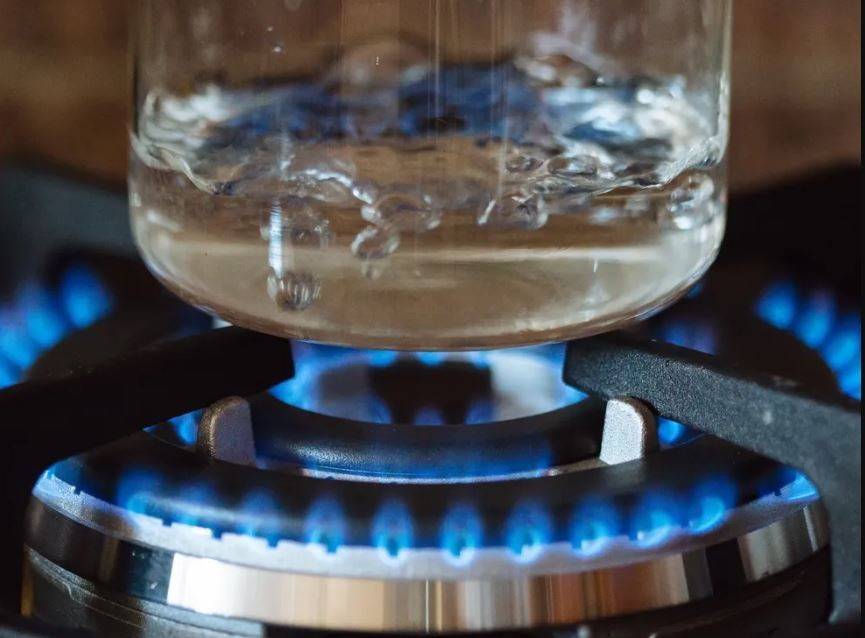
Nanoplastics and microplastics (NMPs), extremely small plastic particles ranging from 1/1 millionth of a mm to 5 mm in diameter, have now become a widespread source of pollution across the Earth.
They are found everywhere, from the bottom of the ocean to the top of Everest; trapped inside volcanic rocks; in the guts of seabirds and even falling with snow in Antarctica.
Right now, in the air we breathe, in the food and water we eat and drink every day, there are countless NMPs that are invisible to the naked eye, penetrating into each person's body.
The health effects of NMPs are still being studied, but scientists suspect they may accumulate in the body and affect the gut microbiome. This issue is gaining more attention and people are consciously looking for ways to limit the amount of microplastics they put into their bodies.
Recently, a study by scientists in Jinan, China, revealed a solution that can remove most microplastic particles in drinking water quite simply and effectively, which is boiling water.
In their study, Chinese scientists said they found microplastic particles in 129/159 tap water samples from 14 countries around the world .
Dr. Eddy Zeng of Jinan University in China and his colleagues tested tap water samples from Guangzhou, China, which had an average microplastic content of 1 mg/liter, and boiled the water for 5 minutes.
The levels of microplastics were then measured by scientists and they found they had dropped by more than 80%.
“We estimate that the amount of NMP absorbed through boiled water is reduced by 2-5 times compared to direct tap water,” said Mr. Zeng.
Researchers explain that when water is boiled, natural calcium carbonate precipitates into a white, chalky solid called limescale, which traps the microplastics. In the case of hard water, more microplastics are removed because hard water typically contains higher levels of calcium than soft water.
Dr. Sasha Adkins, senior lecturer in Environmental Health Sciences at the University of Massachusetts Amherst (USA), said that boiling water itself does not remove or make microplastics disappear, but it only "locks" NMP into blocks along with minerals in the water.
You can simply use a simple coffee filter to remove limescale with microplastic particles in it, but remember not to use a plastic filter or you will defeat the purpose, Dr. Adkins notes.
Drinking boiled and cooled water is a common practice in many Asian countries. However, in many countries around the world, people have the habit of drinking tap water or bottled water, thereby unintentionally ignoring the problem of microplastic ingestion.
Earlier this year, a study made headlines when it revealed that a typical liter of bottled water contains nearly a quarter of a million microplastic particles – 10-100 times more than previous estimates.
Results from Chinese researchers show that boiling water is a simple but effective way to "degrade" NMP in household tap water.
In addition, Dr. Eddy Zeng added: “Boiling water also has a number of other benefits, such as killing bacteria, parasites and removing heavy metals.”
Source







![[Photo] Dan Mountain Ginseng, a precious gift from nature to Kinh Bac land](/_next/image?url=https%3A%2F%2Fvphoto.vietnam.vn%2Fthumb%2F1200x675%2Fvietnam%2Fresource%2FIMAGE%2F2025%2F11%2F30%2F1764493588163_ndo_br_anh-longform-jpg.webp&w=3840&q=75)
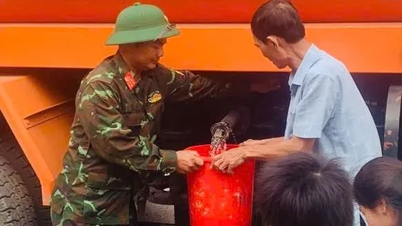

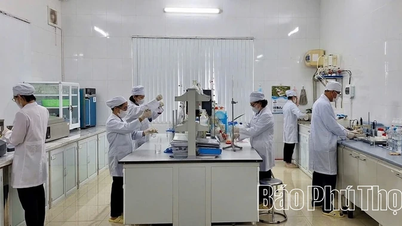



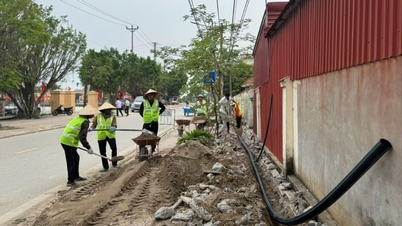



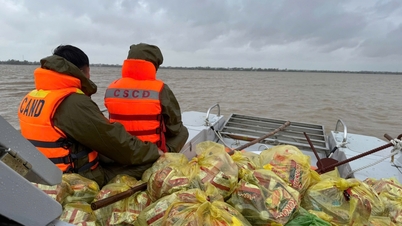


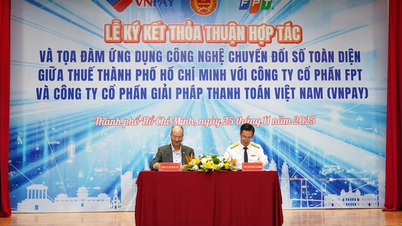










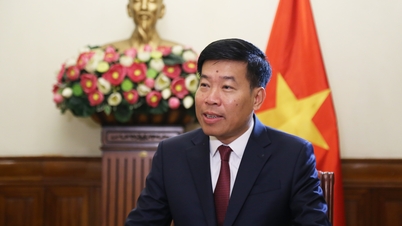
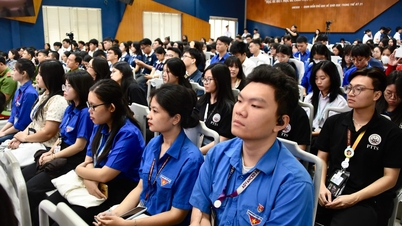
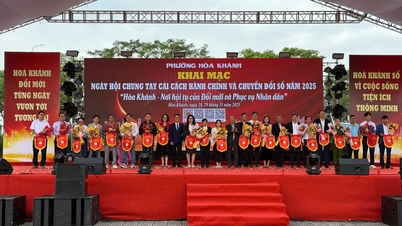
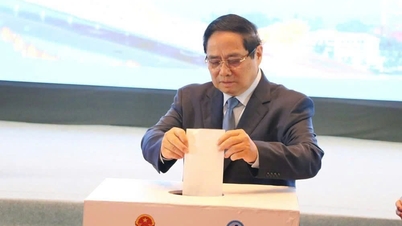
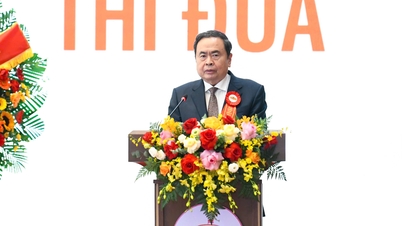
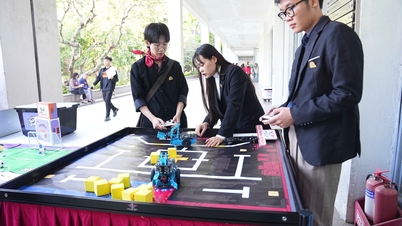

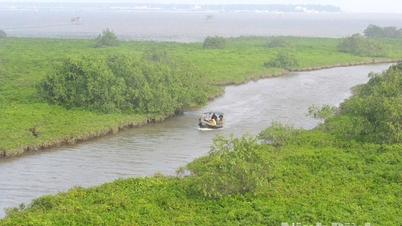



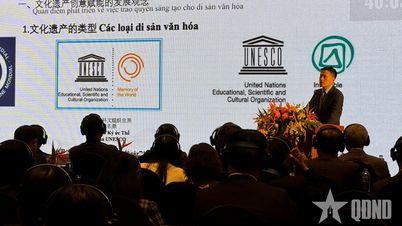

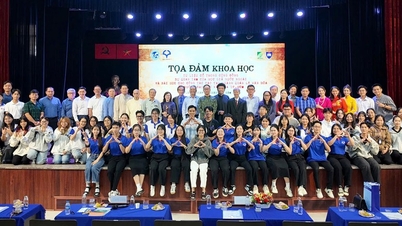

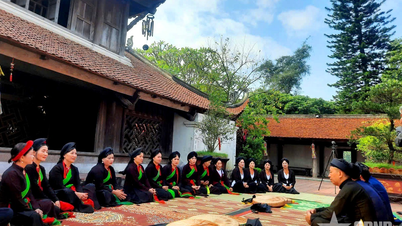









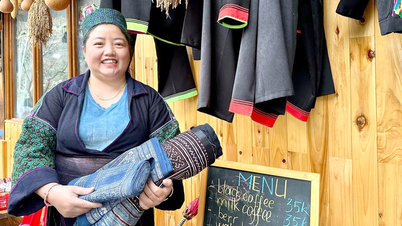

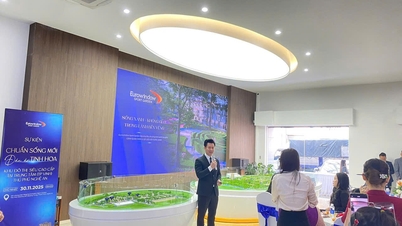
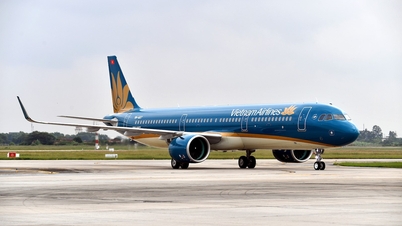
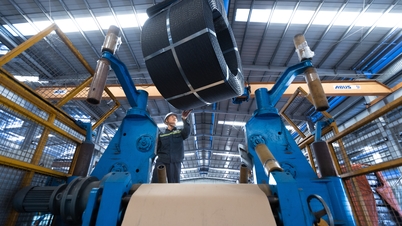

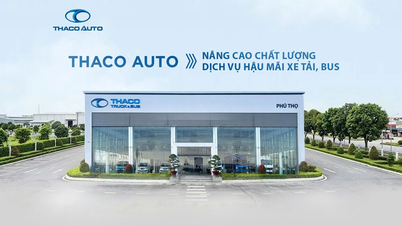

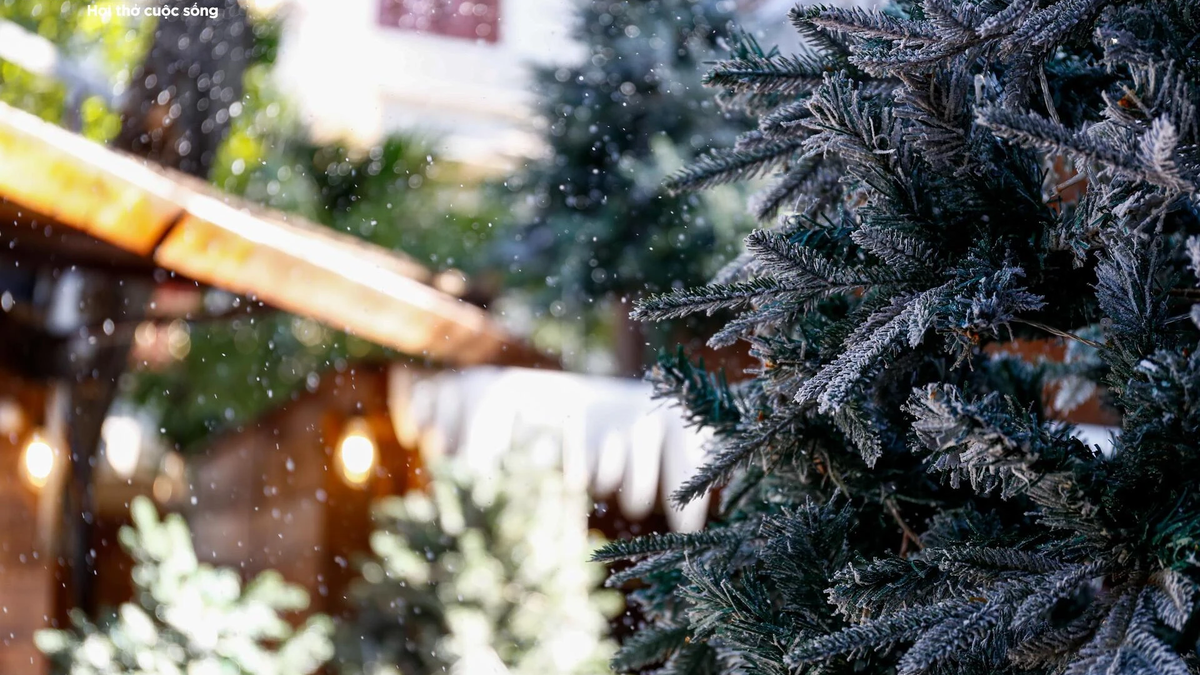



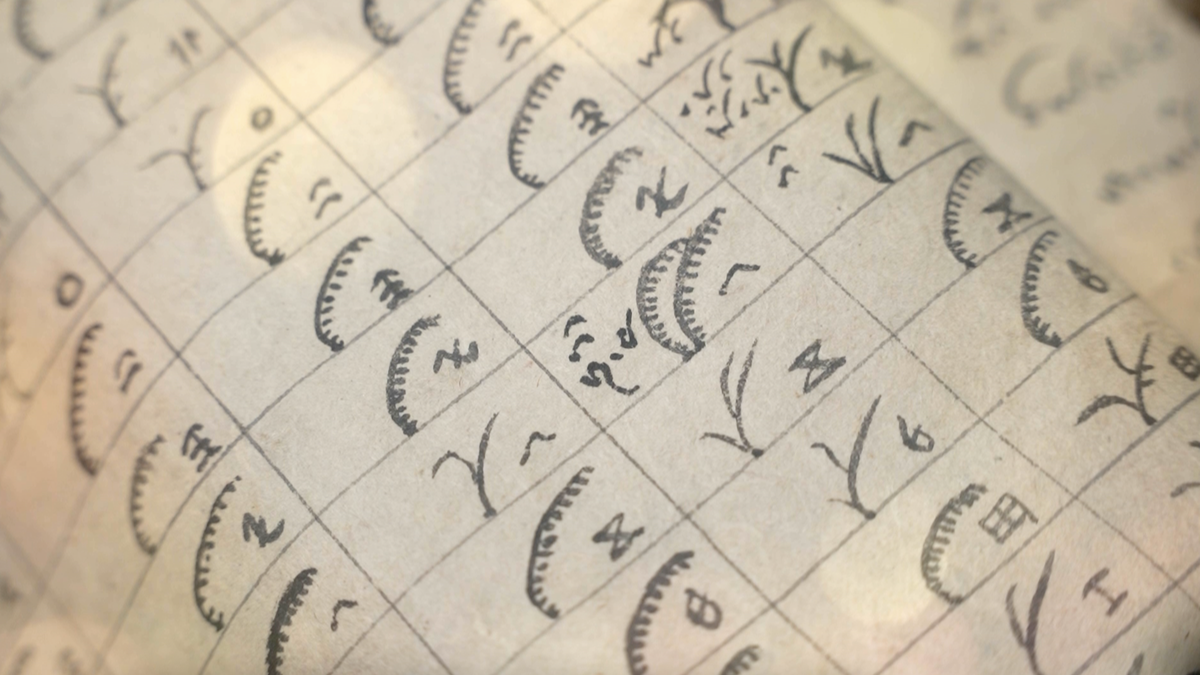
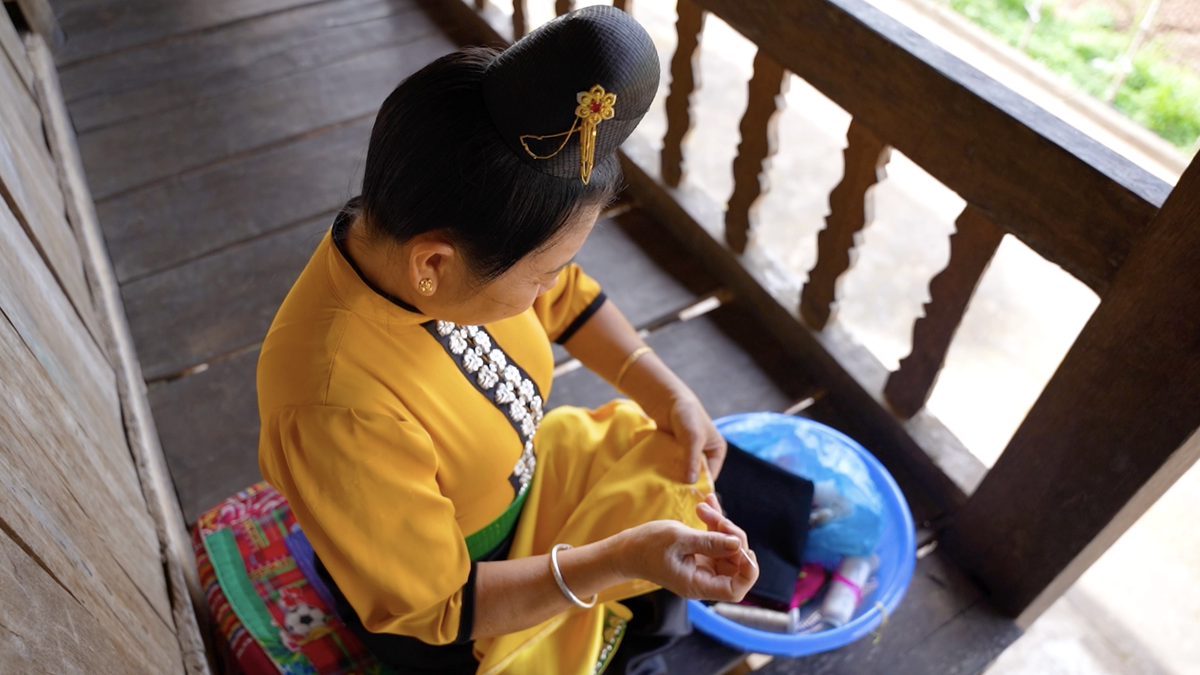

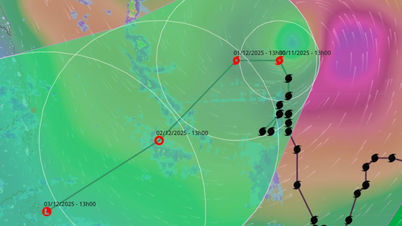



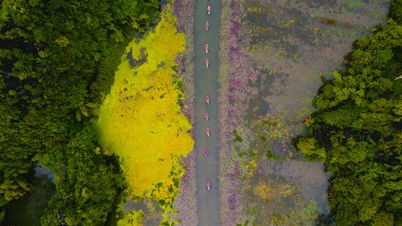





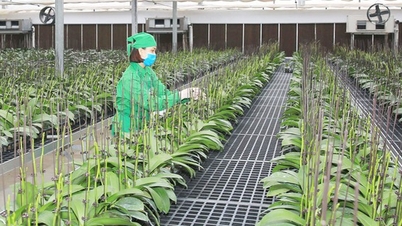

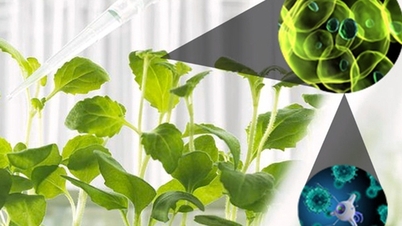

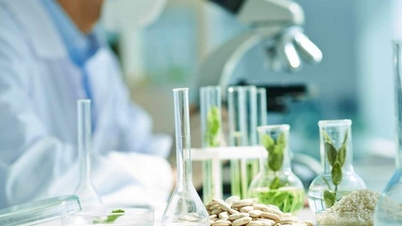
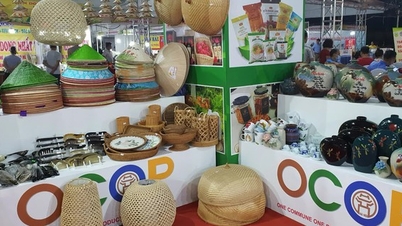
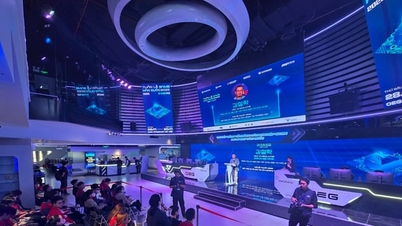

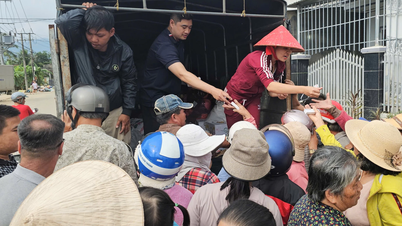

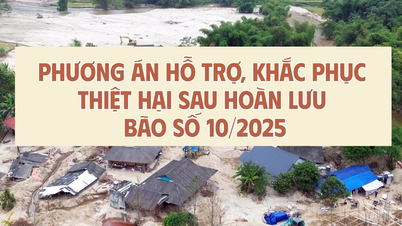



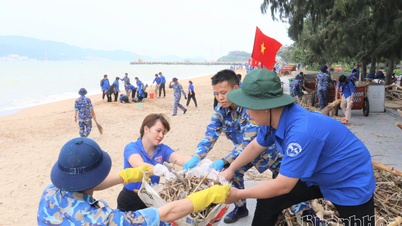
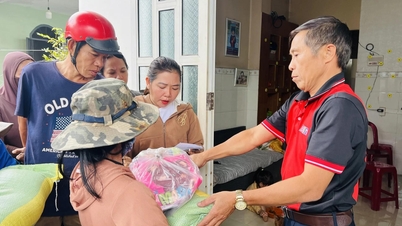












Comment (0)